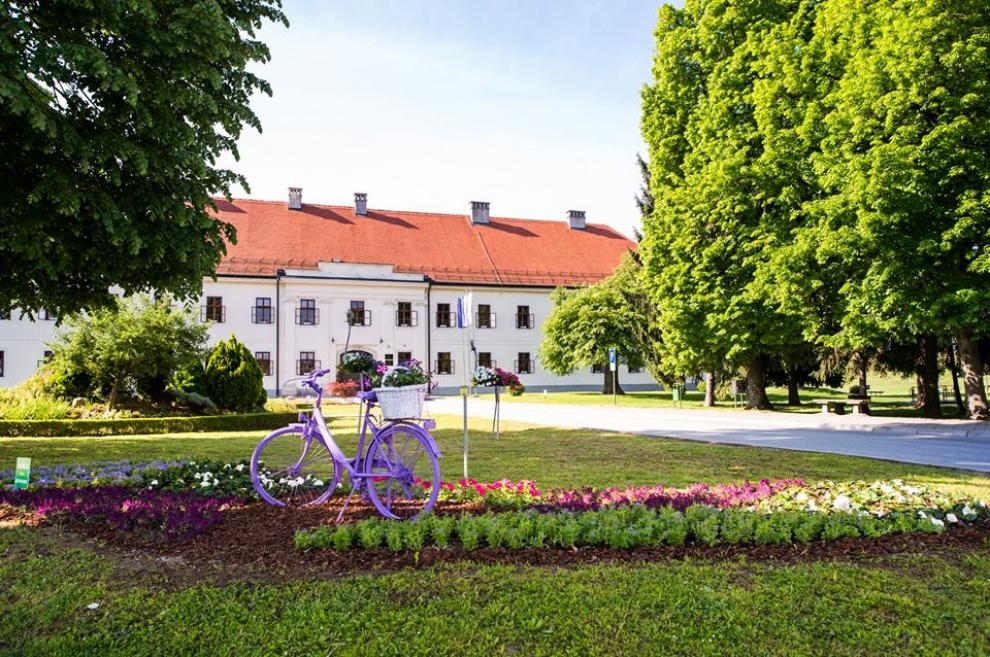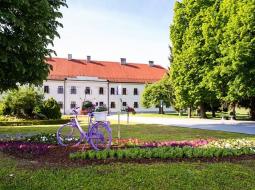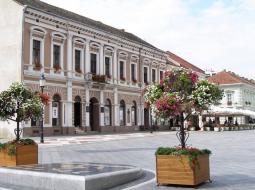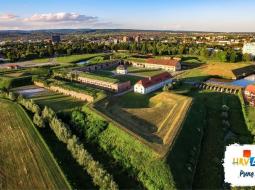Thessaloniki gets ready for its metro launch in November
The underground rapid transit lines have been under construction for almost two decades due to various project delays
 TheMayor.EU logo
TheMayor.EU logo 
The first historical settlement in Brod dates back to Roman times. After this period Slavs settled in the area of the city in the 6th century. The name of the town is mentioned for the first time in a book from 1224. The Vukovac fortress was built in the 15th century, and subsequently was damaged by the Turks. From 1536 until 1691 the Ottoman Empire controlled the settlement, when it was ceded to the Empire of Austria. Until 1918, Brod remained in the Austrian monarchy.
Alongside its defensive role, Brod saw the steady development of crafts and commerce. Education and culture were strongly dominated by the Franciscans. The 20th century was a period of strong economic growth, the 1920s called "the Golden Age of Brod". The current name of the city dates from 1934 when it was changed from Brod na Savi.
In the period 1941-45 the city was part of the Independent State of Croatia. The city was heavily bombed by the Allies in 1944-45. The bombing damaged 80% of the buildings in Slavonski Brod, resulting in 897 civilian and 244 military casualties.
Slavonski Brod, often called simply Brod is a city in eastern Croatia. It is located near the border with Bosnia and Herzegovina. The city is the centre of Brod-Posavina County and a major river port of the Sava river. At the 2011 census, the population was 59,000. It is the sixth-largest city in Croatia.
The economy of Slavonski Brod is based on farming, fruit growing, foodstuffs (brewery), metal-processing, timber (furniture wood), textiles, leather, building material, and printing industries.
Slavonski Brod is home to some of the most important metal companies in Southeastern Europe, consisting of a number of factories producing very diverse products, mainly for export. Production capabilities include locomotives, tramways, wagons, bridges, industrial plants, nuclear reactors, car parts, heavily armed vehicles, armoured combat vehicles, including tanks and mine vehicles, agricultural machinery, etc.
In recent years, tourism has become a very important part of economy of the city. Brod has an important cultural heritage, including a fortress and a Franciscan monastery with very rich library.

The Franciscan monastery of Brod dates from the 18th century, and is also executed in Baroque style. It has exceptional architecture, especially of the church yard and interior, with its beautiful altar and paintings. In 1720, a faculty of philosophy was opened within it.

The beautiful central town square is named after the popular children's writer Ivana Brlić-Mažuranić, whose house still stands on the square and is one of the biggest in Croatia. The square is also home to numerous cultural events and has a perfect view of the beautiful Sava river. There are galleries, book stores, cafes, night clubs, and shops, making it a centre for entertainment.

Dating from the Baroque period, the Fortress was constructed during the Austro-Hungarian Empire to serve as a stronghold against the Ottoman Empire, which stretched as far as the other bank of the Sava river. The fortress, built in the Vauban style, is among the best preserved ones in Europe and one of the biggest on the former Austro-Hungarian Military Frontier.
Address: Grad Slavonski Brod, Vukovarska 1, HR-35000 Slavonski Brod